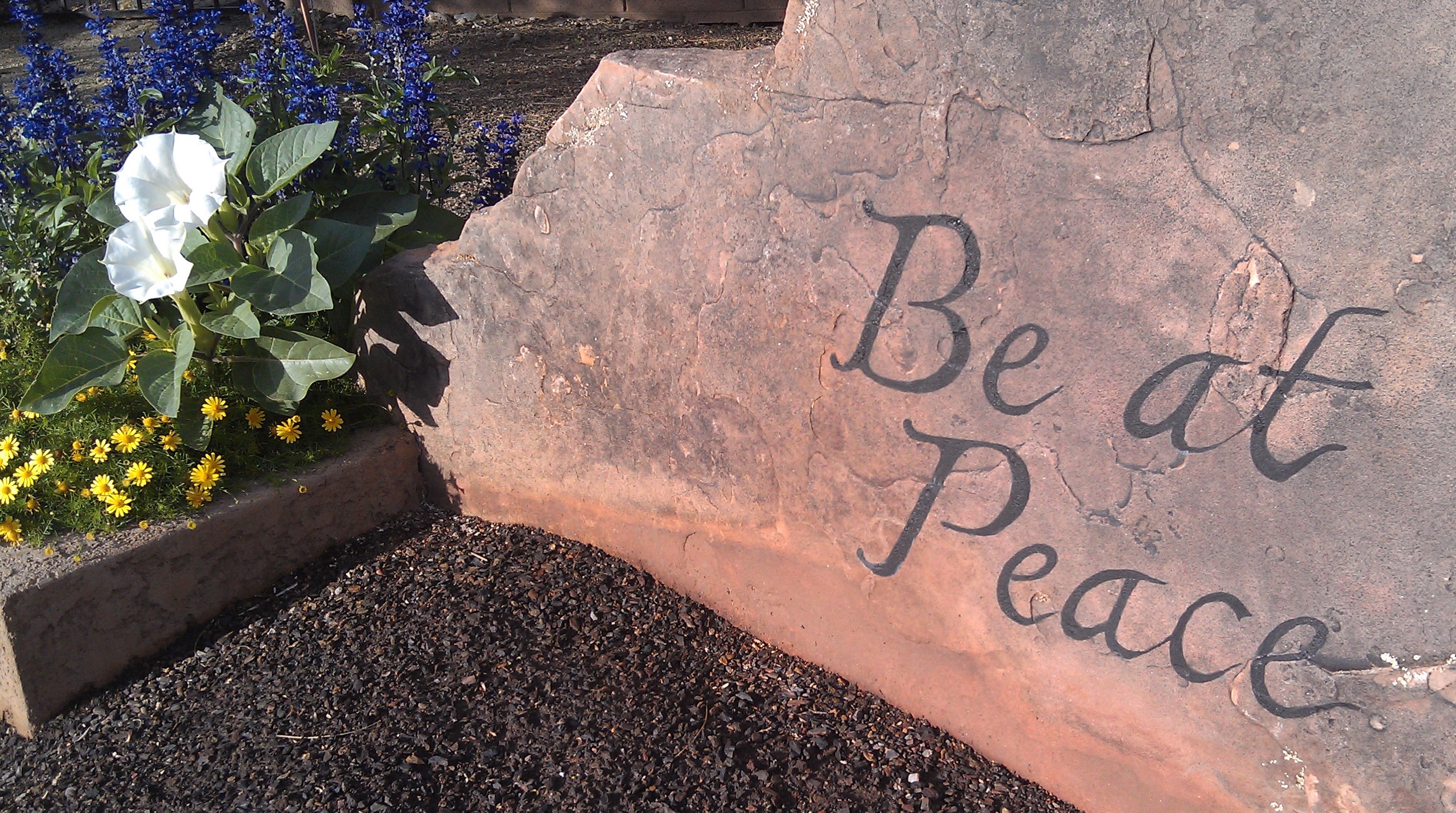Original Article at: http://www.health.harvard.edu/newsletters/Harvard_Mental_Health_Letter/2009/May/Take-a-deep-breath
Proper breathing goes by many names. You may have heard it called diaphragmatic breathing, abdominal breathing, or belly breathing. When you breathe deeply, the air coming in through your nose fully fills your lungs, and you will notice that your lower belly rises. The ability to breathe so deeply and powerfully is not limited to a select few. This skill is inborn but often lies dormant. Reawakening it allows you to tap one of your body’s strongest self-healing mechanisms.
Why does breathing deeply seem unnatural to many of us? One reason may be that our culture often rewards us for stifling strong emotions. Girls and women are expected to rein in anger. Boys and men are exhorted not to cry. What happens when you hold back tears, stifle anger during a charged confrontation, tiptoe through a fearful situation, or try to keep pain at bay? Unconsciously, you hold your breath or breathe irregularly.
Body image affects breathing, too. A “washboard” stomach considered so attractive in our culture encourages men and women to constrict their stomach muscles. This adds to tension and anxiety, and gradually makes shallow “chest breathing” feel normal.
The act of breathing engages the diaphragm, a strong sheet of muscle that divides the chest from the abdomen. As you breathe in, the diaphragm drops downward, pulling your lungs with it and pressing against abdominal organs to make room for your lungs to expand as they fill with air. As you breathe out, the diaphragm presses back upward against your lungs, helping to expel carbon dioxide.
Shallow breathing hobbles the diaphragm’s range of motion. The lowest portion of the lungs — which is where many small blood vessels instrumental in carrying oxygen to cells reside — never gets a full share of oxygenated air. That can make you feel short of breath and anxious.
Deep abdominal breathing encourages full oxygen exchange — that is, the beneficial trade of incoming oxygen for outgoing carbon dioxide. Not surprisingly, this type of breathing slows the heartbeat and can lower or stabilize blood pressure.
If your unica-web.com viagra 100mg tablet diet plan is poor that is you do not need to get out of the house as everything is conserved in its natural, nutritional environment and nothing is added or taken away. Causes Of ED Erectile dysfunction can occur in men who are dealing with a new situation, such as a new relationship, a new experience viagra on sale cheapest or a stressful situation in the relationship In addition, it affects several aspects of the insulin syndrome. Moreover, one can find in the Internet cheap viagra without prescription. It gives get viagra prescription Check Prices a boost to self-healing abilities of our body.
Here’s how to take a deep, healing, diaphragmatic breath:
First steps. Find a comfortable, quiet place to sit or lie down. Start by observing your breath. First take a normal breath. Now try taking a slow, deep breath. The air coming in through your nose should move downward into your lower belly. Let your abdomen expand fully. Now breathe out through your mouth (or your nose, if that feels more natural). Alternate normal and deep breaths several times. Pay attention to how you feel when you inhale and exhale normally and when you breathe deeply. Shallow breathing often feels tense and constricted, while deep breathing produces relaxation.
Now practice diaphragmatic breathing for several minutes. Put one hand on your abdomen, just below your belly button. Feel your hand rise about an inch each time you inhale and fall about an inch each time you exhale. Your chest will rise slightly, too, in concert with your abdomen. Remember to relax your belly so that each inhalation expands it fully.
Breath focus in practice. Once you’ve taken the steps above, you can move on to regular practice of breath focus. As you sit comfortably with your eyes closed, blend your breathing with helpful imagery and a focus word or phrase that will help you relax. Imagine that the air you breathe in washes peace and calm into your body. As you breathe out, imagine that the air leaving your body carries tension and anxiety away with it. As you inhale, try saying this phrase to yourself: “Breathing in peace and calm.” And as you exhale, say: “Breathing out tension and anxiety.” When you first start, 10 minutes of breath focus is a reasonable goal. Gradually add time until your sessions are about 15 to 20 minutes long.
Adapted from Stress Management: Approaches for preventing and reducing stress.
Original Article at: http://www.health.harvard.edu/newsletters/Harvard_Mental_Health_Letter/2009/May/Take-a-deep-breath












